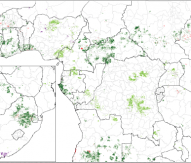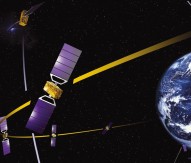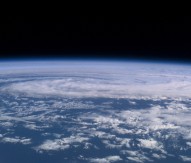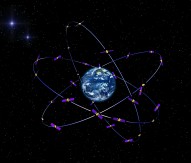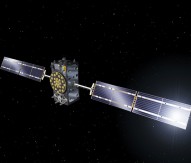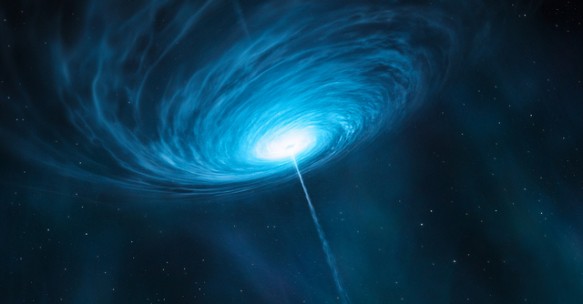
How quasars regulate star formation determined
Using a combination of data gathered from powerful radio telescopes and supercomputer simulations, two teams of astronomers have looked back nearly 13 billion years, when the Universe was less than 10% its present age, to determine how quasars – extremely luminous objects powered by supermassive black holes with the mass of a billion suns – regulate the formation of stars and the build-up of the most massive galaxies.
The teams, led by scientists at the University of Cambridge, UK, and part-funded by the European Research Council, found that a quasar emits cold gas at speeds up to 2000 kilometres per second, and across distances of nearly 200,000 light years – much further than has been observed before. And for the first time, scientists are now able to understand how this cold gas – the raw material for star formation in galaxies – can be accelerated to such high speeds.
The teams discovered that the gas is first heated to temperatures of tens of millions of degrees by the energy released by the supermassive black hole powering the quasar. This enormous build-up of pressure accelerates the hot gas and pushes it to the outskirts of the galaxy.
The supercomputer simulations show that on its way out of the parent galaxy, there is just enough time for some of the hot gas to cool to temperatures low enough to be observable with radio telescopes.
Claudia Cicone, a PhD student at Cambridge’s Cavendish Laboratory and Kavli Institute for Cosmology, and lead author on the first of the two papers that have been published in the journals Monthly Notices of the Royal Astronomical Society and Astronomy & Astrophysics, said: “It is the first time that we have seen outflowing cold gas moving at these large speeds at such large distances from the supermassive black hole. It is very difficult to have matter with temperatures this low move as fast as we observed.”
Tiago Costa, a PhD student at the Cambridge Institute of Astronomy and the Kavli Institute for Cosmology, and lead author on the second paper, added: “We found that while gas is launched out of the quasar at very high temperatures, there is enough time for some of it to cool through radiative cooling – similar to how the Earth cools down on a cloudless night. The amazing thing is that in this distant galaxy in the young Universe, the conditions are just right for enough of the fast moving hot gas to cool to the low temperatures that Claudia and her team have found.”

